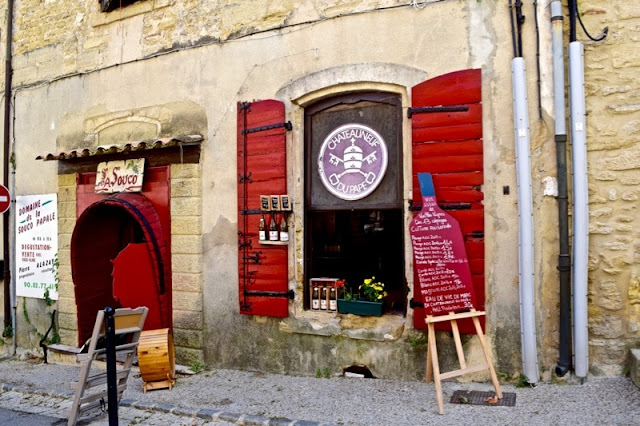This blog's theme for the month of December has been the color red. The last in the trio of articles is about the scarlet red-colored liqueur Chambord. Made from a melange of berries (e.g. raspberries, currants and blackberries), Chambord is named after the illustrious Chateau Chambord in France's Loire Valley where a drink using a similar berry liqueur was served to King Louis XIV nearly 400 years ago.
Chambord is a premium liqueur that uses XO French Cognac as its base, along with Madagascar vanilla, Moroccan citrus, and exotic spices such as cinnamon, cloves and ginger. While the French Chambord brand was birthed in the 1980's in France, in 2006 it was purchased by the American liquor conglomerate Brown-Forman who owns famous brands such as Jack Daniels, Finlandia, and several Scotch companies.
With a bottle that is instantly recognizable behind a bar, Chambord has become a favorite of many mixologists for its flavor profile and intense red color. Perhaps the most famous aperitif made with Chambord is a deluxe Kir Royale (often called a Kir Imperial), where a couple of teaspoons are added to a flute of Champagne (the non-deluxe version uses Creme de Cassis, a less expensive berry liqueur). It's not unusual to see such drinks as a Chambord Moscow mule, Chambord gin fizz, or even a Chambord margarita on upmarket bar drink lists.
Chambord is on the pricey side, but remember a little goes a long way. While the large bottle is beautiful, I suggest you consider a smaller one. Once opened, the liqueur only lasts about six months. After that period Chambord oxidizes and turns an orange-brown with an off-putting taste.
Toasting you Happy Holidaze with a Kir Imperiale!







































